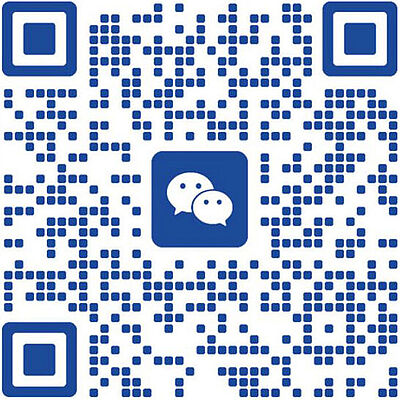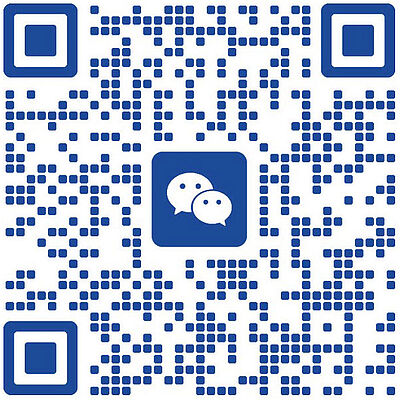IT/OT Transformation
Bringing Together the Worlds of IT and OT

Companies in manufacturing drive digitalization continuously. However, the organizational and operational enhancements in this technology-focused transformation are often not enough. To implement digitalization while also operating digital production systems sustainably and securely, businesses need to reconceptualize their organizational structures and the way their operational-technology (OT) and information-technology (IT) departments cooperate. With increasing usage of the Industrial Internet of Things and cyber-physical systems, there is a question that should be asked:
How Can a Business Not Only Connect OT and IT, but Merge Them Together?
What Is the Difference between IT and OT?
Operational technology comprises the control and monitoring systems that can be used to influence the performance of physical devices, systems, and production processes.
In contrast, information technology refers to software, hardware, and communication technologies that focus on the flow of information and processing of data.
What Are the Resulting Challenges?
For most businesses, IT and OT are two separate fields. At the same time, the continuous digitalization in OT-related business areas means that there is a constantly growing IT presence in day-to-day work.
Pan-organizational synergy effects, for example, ones potentially arising from using uniform standards and centralized resources, go untapped.
Moreover, the organizational separation and lack of consistent processes can produce security risks that, in the worst-case scenario, lead to the loss of business-critical infrastructure such as production lines.
What Benefits Does IT/OT Convergence Have?
Companies that are seeking to increase their digital maturity successfully and permanently need to transfer the actions they have taken into their business operations. When done correctly, organizational digital convergence offers the following benefits for businesses:
- A close connection between IT and OT results in increased service quality and more cost efficiency, and also offers positive effects for production-system availability.
- The positive effects include more efficient service and incident management, a higher level of standardization, and consistent cybersecurity concepts that raise the availability of all applications and systems.
- The organizational convergence of IT and OT therefore safeguards operations and production capabilities sustainably and for the long term.
Companies That Want to Use These Benefits Must Answer Some Questions First:
- What required changes, in relation to IT and OT departments, can be identified based on the digitalization strategy?
- What operational and organizational structures do IT and OT departments have?
- Which processes and roles will be needed in the future?
- How can consistent security standards be established?
- How can a company’s processes be harmonized and standardized across the company?
- What roles, qualifications, and capacity will be crucial in the future?
- What impacts does digitalization have on the organization’s cost structure? How can operations succeed without significantly increasing the headcount?
How Do Companies Achieve Organizational Convergence?
There is no blueprint for IT/OT convergence. Businesses must develop an individual approach that connects and secures systems while fixing operational and organizational vulnerabilities. Managers need to be aware that a successful digital transformation requires a reconceptualization of existing operating models.
This is why a target operating model (TOM) is needed in order to develop a transformation strategy. These models cover the future requirements for the organizational structures and processes in IT and OT departments.
A TOM for an Advantageous IT/OT Concept
A target operating model provides a transformation target and describes how to implement a strategy for a company’s organizational structures and processes. At its core, it involves defining an organizational model that is based on a company’s current organizational structures, individual conditions, and future digital development. The organization’s transformation process is initiated and progressively implemented using the target operating model.
Our consultants have supported businesses for years in the development and implementation of digitalization strategies and realization of sustainable transformation projects. Based on this experience, they have created a comprehensive procedural model in the form of the Ingenics Target Operating Model (TOM). It lets us adapt all dimensions of the organizational-transformation process to a client’s individual environment and needs.

When the job is to merge IT and OT, we support you with the following services:
- Establishing converged IT/OT governance
- Developing and standardizing a global model for roles and processes
- Harmonizing and establishing uniform process standards for IT and OT
- Developing a consistent security structure
- Defining necessary organizational structures and adjustments
- Analyzing capacity and developing growth scenarios
- Reducing interface complexity and optimizing communication and collaboration



